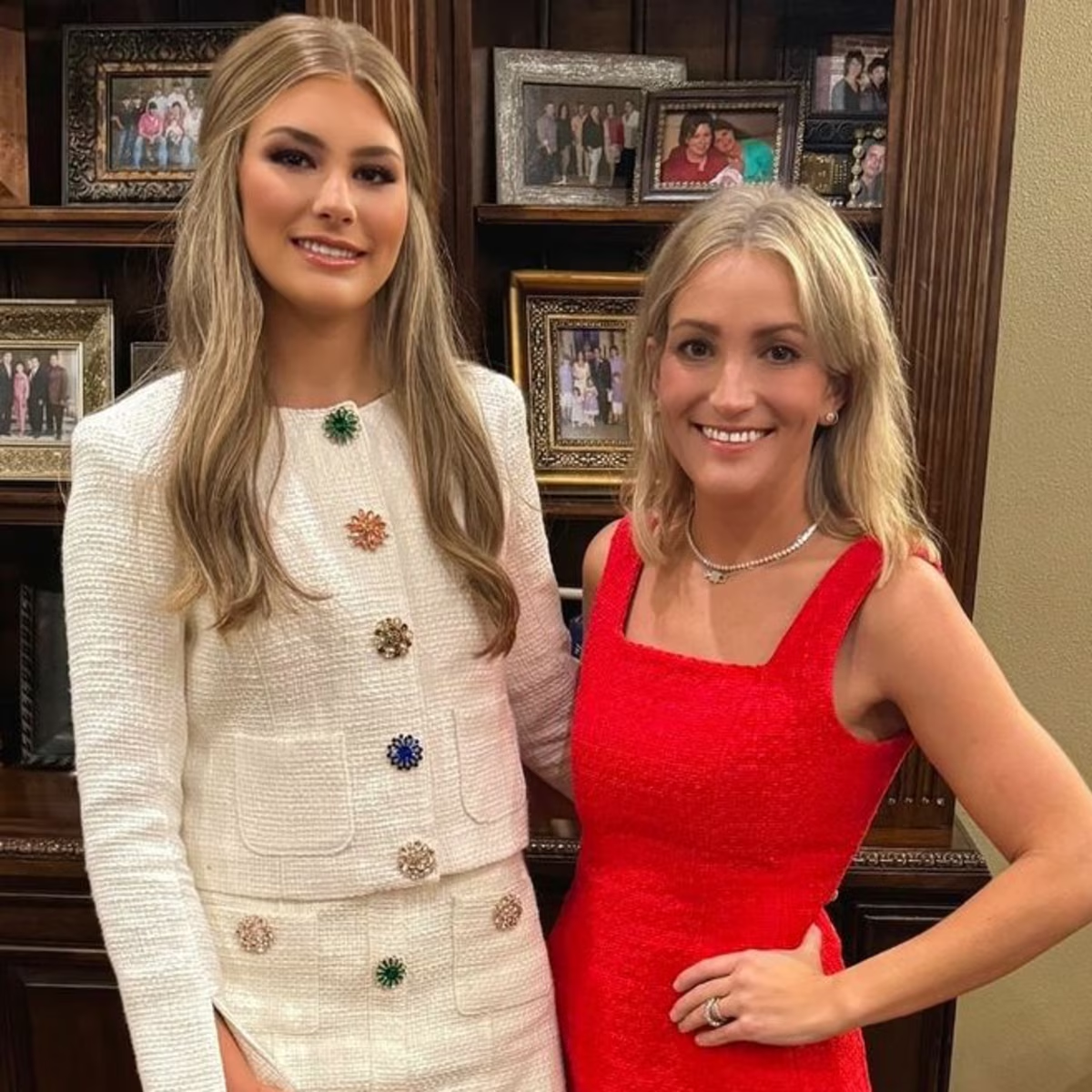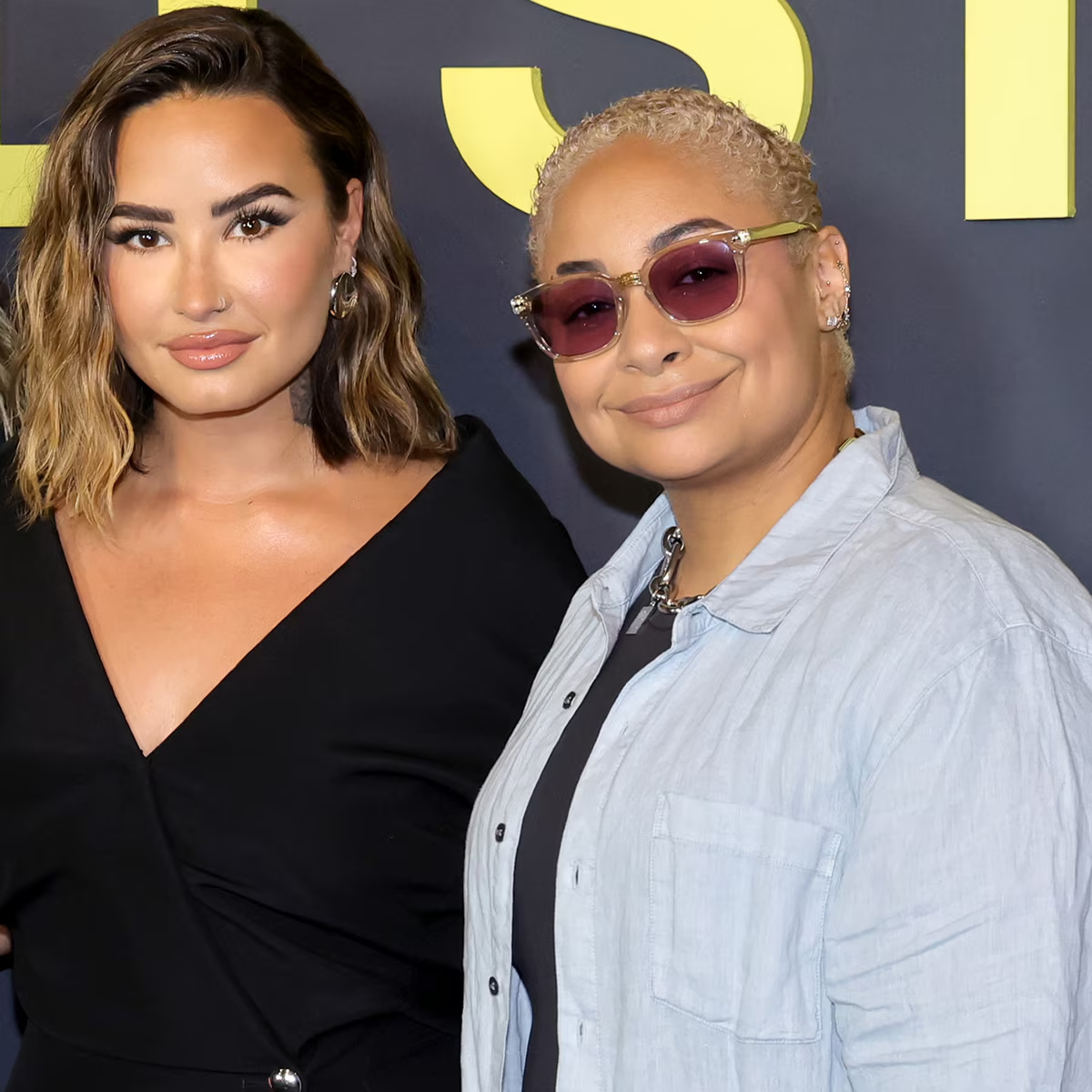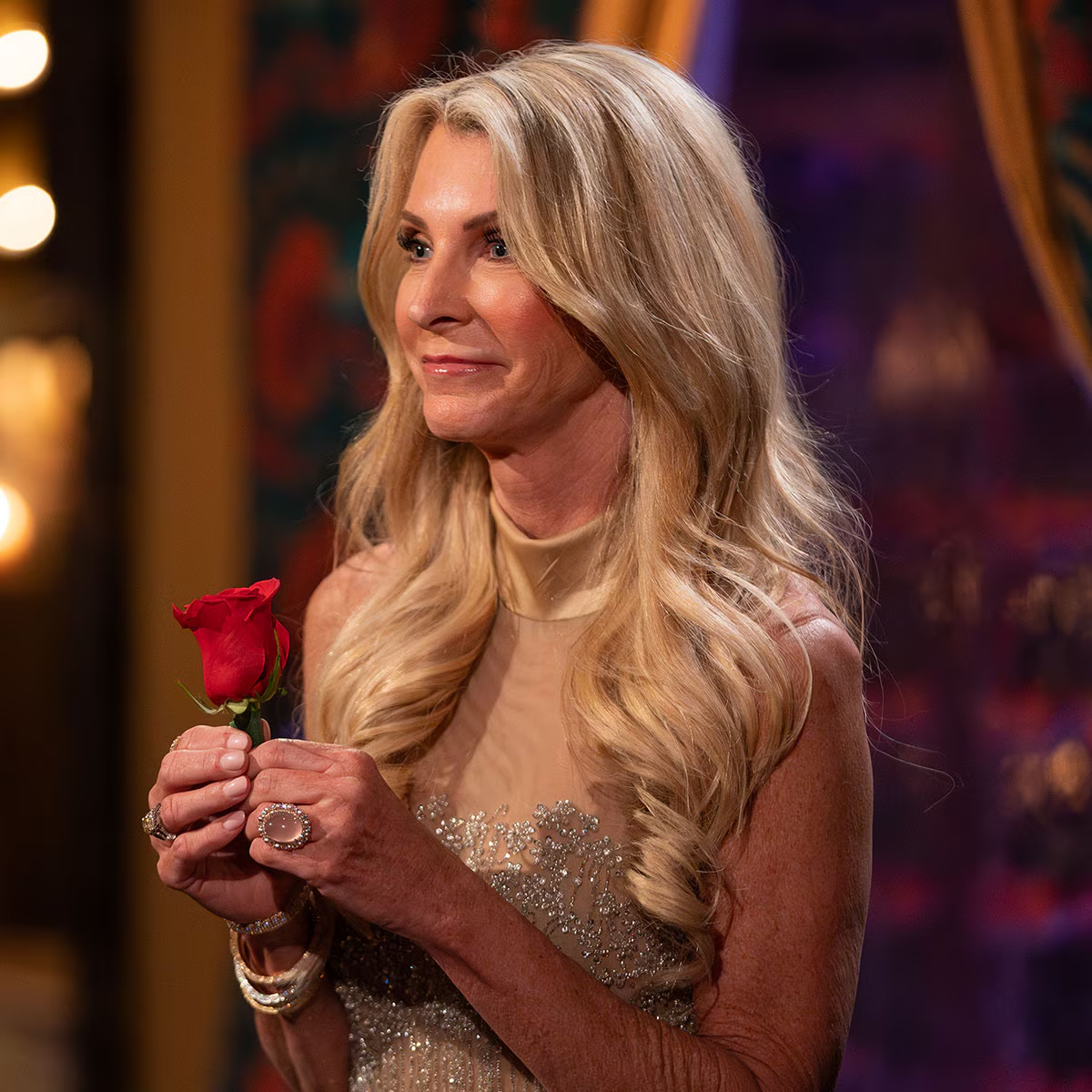Why Are the Starliner Astronauts Still in Space: All the Details on a Mission Gone Awry
Is there a nightmare unfolding 250 miles above Earth?
Not according to NASA, which has maintained that astronauts Sunita "Suni" Williams and Barry "Butch" Wilmore are not stuck or stranded in space, despite the fact that their original mission was only supposed to last for eight days and is now in its third month.
And Boeing—the maker of the Starliner craft that Williams, 58, and Wilmore, 61, spent 26 hours successfully piloting to the International Space Station, docking June 6—initially expressed confidence that the astronauts would eventually be able to go back to Earth the way they came.
But NASA has since acknowledged that the pair might not be able to return home until 2025. And when they do, the agency said, it's possible it won't be aboard Starliner.
"We know at some point we need to bring Butch and Suni home," Ken Bowersox, NASA's associate administrator for space operation, said at an Aug. 7 press conference.
Added Steve Stich, the manager for NASA’s commercial crew program, "Our prime option is to return Butch and Suni on Starliner. However, we have done the requisite planning to make sure we have other options open."
One option detailed to reporters involved Williams and Wilmore defying gravity until next February, when they can catch a ride home on Space X's Crew Dragon capsule, which was scheduled to visit the ISS with four astronauts aboard but, in that case, would instead make the trip with only two.
That mission is scheduled to begin no earlier than Sept. 24.
In the meantime, forgive those of us who are neither astrophysicists nor seasoned astronauts and Navy pilots—prior to this mission, Williams had spent 322 days in space and Wilmore had logged 167—for thinking this sounds scary all the same.
Here are all the details on the Starliner astronauts, how their mission went awry and what comes next:
Who are Starliner astronauts Suni Williams and Butch Wilmore?
Born in Ohio and raised in Needham, Mass., Williams graduated with a degree in physical science from the U.S. Naval Academy and has a master's in engineering management from the Florida Institute of Technology.
She logged more than 3,000 hours in the air—mostly in helicopters—with the Navy and was selected for the astronaut program in 1998. Before the Starliner flight, she'd been to the International Space Station twice, in 2006 and 2012, and accumulated seven space walks.
Incidentally, during that latter mission, Williams became the first person to complete a triathlon in space, cycling on a stationary bike, simulating swimming with a weightlifting machine and running on a treadmill.
"Being a pilot wasn’t actually my first choice as a career in the Navy. I actually wanted to be a diver," Williams said on an April episode of NASA's Houston We Have a Podcast. "But Top Gun came out and I saw how cool Tom Cruise was, and I wanted to be a jet pilot, so I went to flight school."
Instead she became a helicopter pilot, she noted, "and I loved it from the first time I started."
Wilmore pursued higher education in his home state, earning bachelor's and master's degrees in electrical engineering from Tennessee Technological University, as well as a master's in aviation systems from the University of Tennessee.
The still-active Navy captain amassed 8,000 flight hours in tactical jet aircraft and NASA recruited him in 2000. He was the orbiter pilot on a shuttle flight to the ISS in 2009 and then flew aboard the Russian Soyuz for a 167-day stay in 2014, serving as station commander.
"You know, my mom said my first word was not 'mom' or 'dad,'" Wilmore said on the NASA podcast. "It was 'Why?' I was always questioning everything."
Including what the world looked like from above.
He ultimately thought, "Wow, you can’t fly any higher and faster than the shuttle. I wonder what it looks like from way up there."
Wilmore shared that he applied to NASA a few times over the years, making it to the interview process on his third try, and was politely rejected. But NASA's fourth look at him proved to be the charm, and he had a "great evolution" in the meantime, he said. "Learned a lot."
He quipped that his wife kept him too busy at home to dwell on the historical significance of the Starliner test flight, but being selected to pilot the spacecraft with Williams was admittedly humbling.
"You know, you pinch yourself and you say, 'Hey, really the first flight of a spacecraft and all this that we’ve had the opportunity to take part in,' you know, you think, Lord, why me?" Wilmore said. "Of all the people that have been here, this is where it's me and it's Suni...And it is a little awe-inspiring and it's very humbling when you think about everybody else that could be here and for whatever reason, the good Lord’s got you here."
On a sweet note, Wilmore told reporters in May that, of all the space food he was most looking forward to, he couldn't wait to eat the "fabulous" chocolate pudding cake, while Williams was a fan of the "awesome" muffin tops.
What is the Starliner spacecraft?
Unlike the shuttle and the Soyuz that Williams and Wilmore cut their space teeth on, Boeing's Starliner is a capsule.
The years-in-the-launching vessel is 15 feet wide and, unlike a shuttle that needs a runway, is able to land on solid ground or water.
"It gives us that capability and that flexibility depending on what regime of flight we might be in or might find ourselves in," Wilmore said on Houston We Have a Podcast. "So it's not shuttle-like in any respect other than it has a crew module that is pressurized that can go into the vacuum of space, and that's about where the similarities end as far as capabilities."
Added Williams, "We have maybe a 10th of the amount of switches that the shuttle cockpit had, but the philosophy and that rigor of how the space shuttle was designed and operated, I feel that in this spacecraft as well."
What was the Starliner mission for?
Williams and Wilmore were selected to crew Starliner's first manned test flight to the International Space Station.
The intended eight-day mission had 87 objectives, according to Boeing's Starline program manager Mark Nappi.
"There's a lot of, I'll call them ergonomic types of flight test objectives," Nappi told the New York Times. "How do the seats fit? How do the suits work? How do the displays look?"
Williams also noted on the NASA podcast that they'd have "all sorts of stuff to do" once they docked.
"We want to prove that this spacecraft can be shut down entirely and then started back up," she said. "But in the meantime, also, we'd like to make sure that it is a 'safe haven.' You know, the space station has...emergencies that it could encounter at some point in time, like a fire or a depressurization. And our spacecraft are lifeboats."
The plan, upon Starliner's return, was to analyze all the data the mission collected and ultimately certify the craft for once-a-year operational flights transporting NASA crews for six-month stays at the ISS.
After lift-off, Nappi said he was smiling, but it was "controlled emotion, because there’s a lot of phases to this mission. And we just completed the first one."
Did Boeing's Starliner have issues before launch?
The Starliner faced numerous technical setbacks during production, the New York Times reported, including inadequate software testing, corroded propellant valves and a key component in the parachute system being weaker than it needed to be.
Before the crewed flight, software and other issues had also plagued respective unmanned test flights on the pair of Starliners built by Boeing, according to the Associated Press.
And ahead of the June 5 launch from Cape Canaveral, a small helium leak in the propulsion-related plumbing was judged by NASA and Boeing to be stable and isolated, the AP reported.
Then, while en route to the ISS, the capsule's cooling system (called a sublimator) used more water than expected, so the craft switched to a radiator system once in orbit, according to the Times, but the glitch wasn't expected to affect the mission.
The team "practiced a number of times for all sorts of contingencies," Williams said on the NASA podcast in April, "but what we are hoping for is three good parachutes, all our airbags and a nice soft landing."
What happened to Starliner on the way to the International Space Station?
In transit, the craft sprang four more helium leaks and five (of 28) thrusters failed, according to NASA. Helium is an inert gas that pushes propellants to the thrusters.
Still, the crew docked the craft successfully. They "handled the pop quiz really well," NASA official Stich told reporters June 6. "And they got all the answers right."
However, Williams and Wilmore's return flight ended up being postponed indefinitely while various tests were conducted.
Incidentally, the pair left their luggage behind after space was needed to transport a pump to fix a malfunctioning toilet at their destination—meaning they took off with less than eight days' worth of personal items for what might end up being an eight-month trip.
Can Starliner be fixed?
"We're not stuck on ISS," Nappi said at a June 28 news conference. "The crew is not in any danger."
NASA official Stich said the docked Starliner was "in good shape."
"I want to make it very clear," he continued, "that Butch and Suni are not stranded in space. Our plan is to continue to return them on Starliner and return them home at the right time."
In an Aug. 2 press release, Boeing detailed the various tests it had conducted in the almost two months since Starliner had been docked at the space station, saying it remained "confident" in the craft "and its ability to return safely with crew."
The company was onboard with NASA's requests for more testing and analysis in the meantime to "affirm the spacecraft's safe undocking and landing capabilities."
Moreover, Boeing stated that 27 of 28 thrusters were "healthy and back to full operational capability," while the propulsion system "maintains redundancy and the helium levels remain stable."
Days later, however, the embattled aeronautics company said it was prepared to get Starliner back to Earth without people aboard.
"We still believe in Starliner's capability and its flight rationale," a Boeing spokesperson told E! News in a statement. "If NASA decides to change the mission, we will take the actions necessary to configure Starliner for an uncrewed return."
What are the Starliner astronauts doing while in space for months longer than expected?
"A couple years ago, we made the decision—knowing that this was a test flight—to make sure that we had the right resources, supplies and training for the crew, just in case they needed to be on ISS, for whatever reason, for a longer period of time," Dana Weigel, NASA's manager of the International Space Station, said during an Aug. 7 press briefing.
The Starliner astronauts were serving as "extra hands" working aboard the ISS while they were up there, added NASA's Bowersox. But, as guests and not official members of the ongoing seven-person Expedition 71, "they're also using up more consumables, more supplies."
So, he added, "At some point, we need to bring those folks home and get back to a normal crew size on the ISS."
Meanwhile, a Northrop Grumman cargo resupply mission showed up Aug. 6 with some items the luggage-less guests probably needed amid the 8,200 pounds of equipment, science experiments and supplies stashed aboard.
"We do like to keep our options open, so we do have some items such as clothes...some personal food items...things like that," explained Bill Spetch, NASA’s operations integration manager for the International Space Station Program.
Postponed from Aug. 18 to no earlier than Sept. 24, Space X is scheduled to fly four astronauts to the space station aboard its Crew Dragon craft for Expedition 72, due to last five or six months. (The trip itself is called Crew-9.)
Should they take off with only two astronauts instead in order to have room for Wilmore and Williams for the return flight in February 2025, they'll bring ballast—heavy chunks of metal—along to appropriately weigh down the craft.
And if Williams and Wilmore do end up staying on the ISS until February, they'll be turned into full-time crew members.
"Butch and Suni are fully trained," Weigel said. "They’re capable and current with EVA [extravehicular activity, a.k.a. spacewalks], with robotics, with all the things we need them to do."
According to NASA briefings, they've been busy with station upkeep, inspecting hardware, organizing cargo, performing checks on Starliner, and assisting with science experiments and tech demonstrations.
Both, of course, were picked for the mission in the first place because they're consummate professionals who'd be ready for anything.
"I think the biggest thing is be diligent and be intentional in all of the thought process and testing that you're going to do," Williams said on the NASA podcast in April, talking about what she tried to impress on her students as a flight instructor. "Don't go out there and be a cowboy."
And you always have to have a backup plan.
"You can't just go out there and wing it," Williams stressed. "You need to know what you're going to do to come back home."
Watch E! News weeknights Monday through Thursday at 11 p.m., only on E!.Disclaimer: The copyright of this article belongs to the original author. Reposting this article is solely for the purpose of information dissemination and does not constitute any investment advice. If there is any infringement, please contact us immediately. We will make corrections or deletions as necessary. Thank you.







